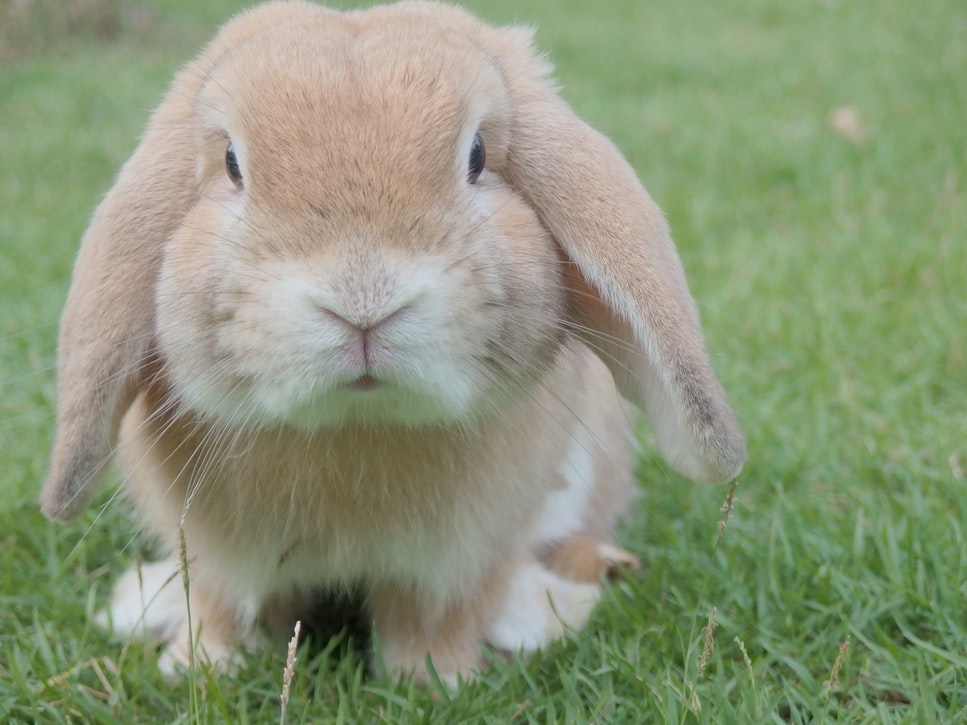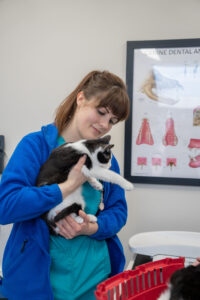Rabbits are highly intelligent, social, sensitive and inquisitive animals. They are the third most popular pet after cats and dogs but are the most neglected with latest figures showing that 80% do not receive the correct care.
Although they are extremely cute and appealing to children, rabbits are not easy pets to look after. Contrary to popular belief they do not enjoy being handled and, having such delicate skeletons, can break bones easily. They require lots of care and time for the entirety of their lives, which could be up to 8-15 years!
Where to get rabbits
There are over 35,000 rabbits is rescue centres around this country looking for a new home. Most centres will neuter and vaccinate their rabbits before finding them a new home and often rely solely on donations and people’s generosity to fund this. Many rabbits are given up when the novelty wears off and the reality of their care sets in. These rabbits find themselves in rescue centres through no fault of their own.
If you are thinking of getting rabbits, why not visit your local re-homing centre and offer a needy rabbit a second chance in life?
Accommodation
The RSPCA and RWA (Rabbit Welfare Association) state that a pair of small to medium rabbits should have a minimum of 6ft long x 2ft deep x 2ft high hutch with an attached 6ft long by 4ft wide x 2ft high run. Of course bigger is better!
Socialisation – Rabbits need company of their own kind!
Rabbits are highly sociable creatures and, in the wild, live in groups. A rabbit that is forced to live alone will become extremely depressed and will not be able to display its natural behaviour.
The most successful combination is a neutered male and a neutered female. New rabbits should always be introduced to each other on neutral territory (i.e. a place where neither of them has been before). Please speak to our nurses if you require more information.
Although it was common practice years ago, rabbits and guinea pigs must not be housed together. They have completely different dietary needs, and rabbits have also been known to seriously injure and even kill guinea pigs on several occasions due to their size and the strength of their back legs. Most importantly, rabbits and guinea pigs that are not given the opportunity to live with another of their own kind will never be truly happy as rabbits and guinea pigs cannot communicate with each other.
Health
Rabbits are prey animals and, therefore, hide the fact that they are in pain very well. If you notice that your rabbit is acting differently or does not seem its normal self, it is better to get them checked by a vet. Rabbits teeth grow continuously and, if not worn down correctly, can form sharp spurs that dig into the rabbit’s cheek and tongue and cause immense pain. The grinding motion of the teeth when a rabbit eats hay is the best way to ensure their teeth wear down – another reason why hay is such an important part of their diet.
Rabbits have a very complex and delicate digestive system. They need to be able to graze all day in order to keep their guts mobile. If a rabbit stops eating for any reason, it must be seen by a vet straight away. If left untreated, the rabbit can go into stasis, where their digestive tract slows right down. This is very painful and can easily be fatal.
Unlike cats and dogs (and humans!), rabbits should not be starved before an operation. Therefore, if you bring your rabbit in for a surgical procedure, please feed them as normal and bring some of their food with them as we like to try and get them eating as soon as possible once they have woken up.
Encephalitozoon Cuniculi (EC) is a single-celled parasite that can cause complete paralysis, kidney and eye infection and death. Many rabbits have already been exposed to the parasite but may not show symptoms until later in life or when another illness or stress triggers the disease. It can remain hidden for years and can affect other animals and even humans. It is transmitted by spores in the urine and can be caught from dirty food and water bowls and unsanitary living conditions. It can also be passed from mother to babies when they are in to womb. Common symptoms of EC include excessive drinking and urination, weight loss, cataracts, head tilt, hind leg paralysis, tremors, kidney failure and, at worst, death.
The best way to treat EC is with a course of Panacur or Lapizole, administered orally once a day for 28 days. Your rabbit should be treated with one of these products if they are displaying any symptoms or at times of stress (i.e. after another illness, introducing rabbits to each other and after acquiring a new rabbit). It is also important to disinfect the rabbit’s environment and food bowls regularly.
Flystrike is a common condition in rabbits, especially in the warmer weather. Rabbits that are more at risk include those who are overweight (as they are not able to clean themselves properly), those who live in dirty conditions and those who are confined to small spaces with little room to move around. Flies will lay their eggs in warm moist areas (such as a rabbit’s dirty bottom). The eggs will then hatch and the maggots will eat their way into the rabbit’s body. If not treated early, Flystrike is fatal.
When to call the vet
Please contact us straight away if you notice any of the following:
- If you notice any maggots on your rabbit
- If your rabbit has not eaten or passed faeces
- If your rabbit has any injuries or broken bones
- If your rabbit has any scabs on their eyes and/or nose and swollen genitals – can be a sign of Myxomatosis.
- If your rabbit is breathing through its mouth – this is a sign of severe respiratory distress.
- If your rabbit is tilting its head to the side – can be a sign of EC.
- If your rabbit is sitting in a hunched position – this is a sign of abdominal pain.






